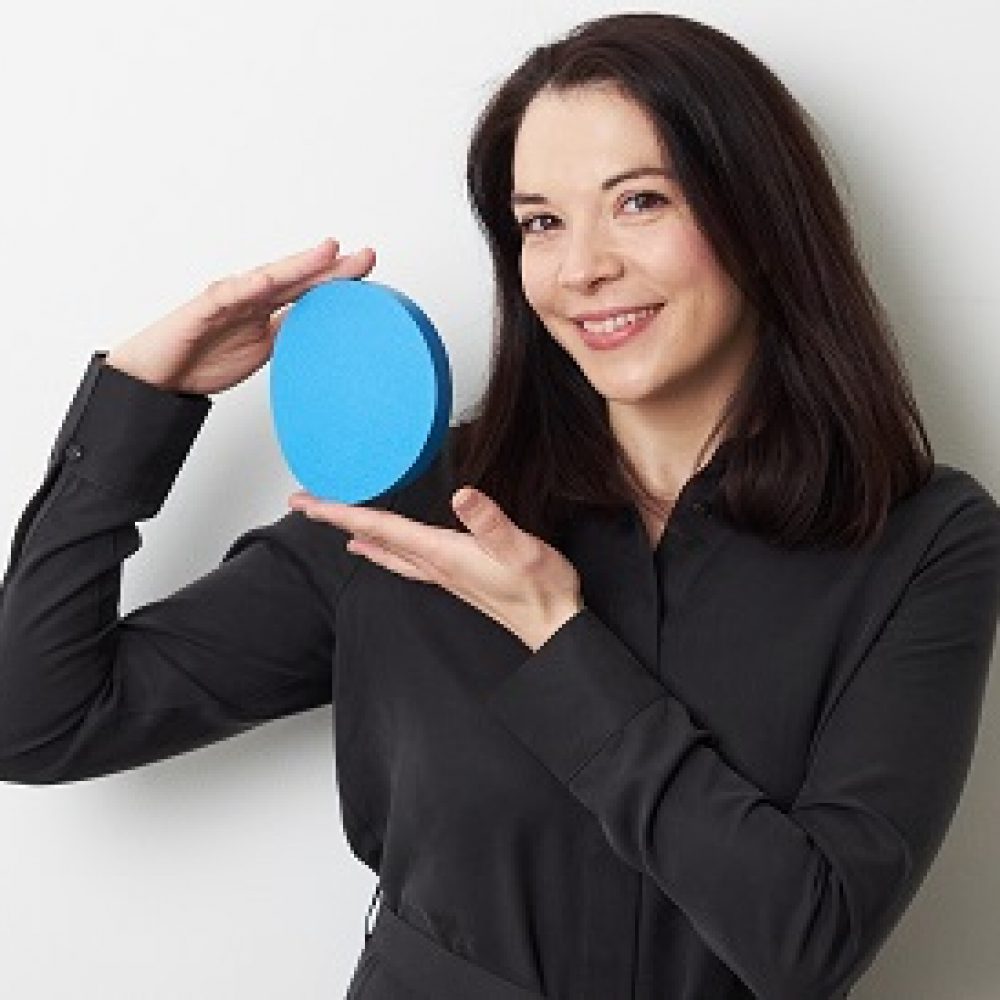Lanolin hydrogenated exhibits chemical and physical properties similar to lanolin alcohol due to its high content of lanolin-derived alcohols. It is a white, slightly pasty solid with minimal odour, characterised by remarkably low acid and saponification values. The production of lanolin hydrogenated involves subjecting lanolin anhydrous to hydrogenation, resulting in a complex mixture of fatty alcohols.
The hydrogenation process entails the reaction of lanolin esters with molecular hydrogen under high pressure and temperature in the presence of a solid catalyst like raney nickel. This reaction leads to the cracking and reduction of lanolin esters, yielding alcohols and hydrocarbons. Depending on specific reaction conditions, the resulting product typically consists of monohydric and dihydric fatty alcohols, constituting up to 90% of the product, along with residual ester compounds and hydrocarbons (paraffins).
Lanolin hydrogenated retains the emollient and adhesive properties commonly found in refined wool grease products while lacking their distinctive odour, colour, and stickiness. In addition to its emollient qualities, lanolin hydrogenated serves as a surfactant compound, effectively reducing the interfacial tension in oil-water systems. This makes it an excellent emulsifying agent.
For more information and broader applications, please refer to lanolin alcohol.
Lanis HYD is comprised of dihydrocholesterol, other hydrogenated steroids, and saturated alcohol. It is widely used in cosmetic and pharmaceutical applications due to its virtually colourless and odourless nature. Lanis HYD finds use in a variety of cosmetic products, including face packs, makeup foundations, lip glosses, and lipsticks. Additionally, it is incorporated into moisturising skin-care creams and lotions designed for both adults and infants, as well as sunscreens and hair-care products.
| Colour | White |
| Acid value (mg KOH/g) | <=0.2 |
| Saponification value (mg KOH/g) | <=6 |
| Drop point (°C) | 44 – 50 |
| Peroxide value (meq/kg) | |
| Water absorption (%) | |
| Butylated hydroxytoluene (BHT) (ppm) | |
| Individual organochlorine pesticides (ppm) | |
| Individual other pesticides (ppm) | |
| Total pesticides content (ppm) |

Kruna Ramljak
Product Manager
Lanis HYD is comprised of dihydrocholesterol, other hydrogenated steroids, and saturated alcohol. It is commonly used in cosmetic and pharmaceutical formulations, including face packs, makeup foundations, lip glosses, and lipsticks. Additionally, it finds application in moisturising skin-care creams and lotions for individuals of all ages, as well as sunscreens and hair-care products. This lanolin derivative presents itself as a white to off-white, waxy solid with minimal odour. It serves as a non-sticky emollient that imparts conditioning, moisturising, and lubricating properties. Notably, Lanis HYD EP exhibits greater hydrophilicity compared to lanolin, making it suitable for a variety of formulations.
| Colour | White |
| Acid value (mg KOH/g) | <=1.0 |
| Saponification value (mg KOH/g) | <=8 |
| Drop point (°C) | 45 – 55 |
| Peroxide value (meq/kg) | |
| Water absorption (%) | |
| Butylated hydroxytoluene (BHT) (ppm) | |
| Individual organochlorine pesticides (ppm) | |
| Individual other pesticides (ppm) | |
| Total pesticides content (ppm) |

Kruna Ramljak
Product Manager

Kruna Ramljak
Product Manager
Chris Kommerowski Sales Director
Marco Heins Product Manager
Kruna Ramljak Product Manager
Christina Wegener Logistics & Sales Manager
Petra Pingel Logistics Manager
Julian Gruß Logistics Manager